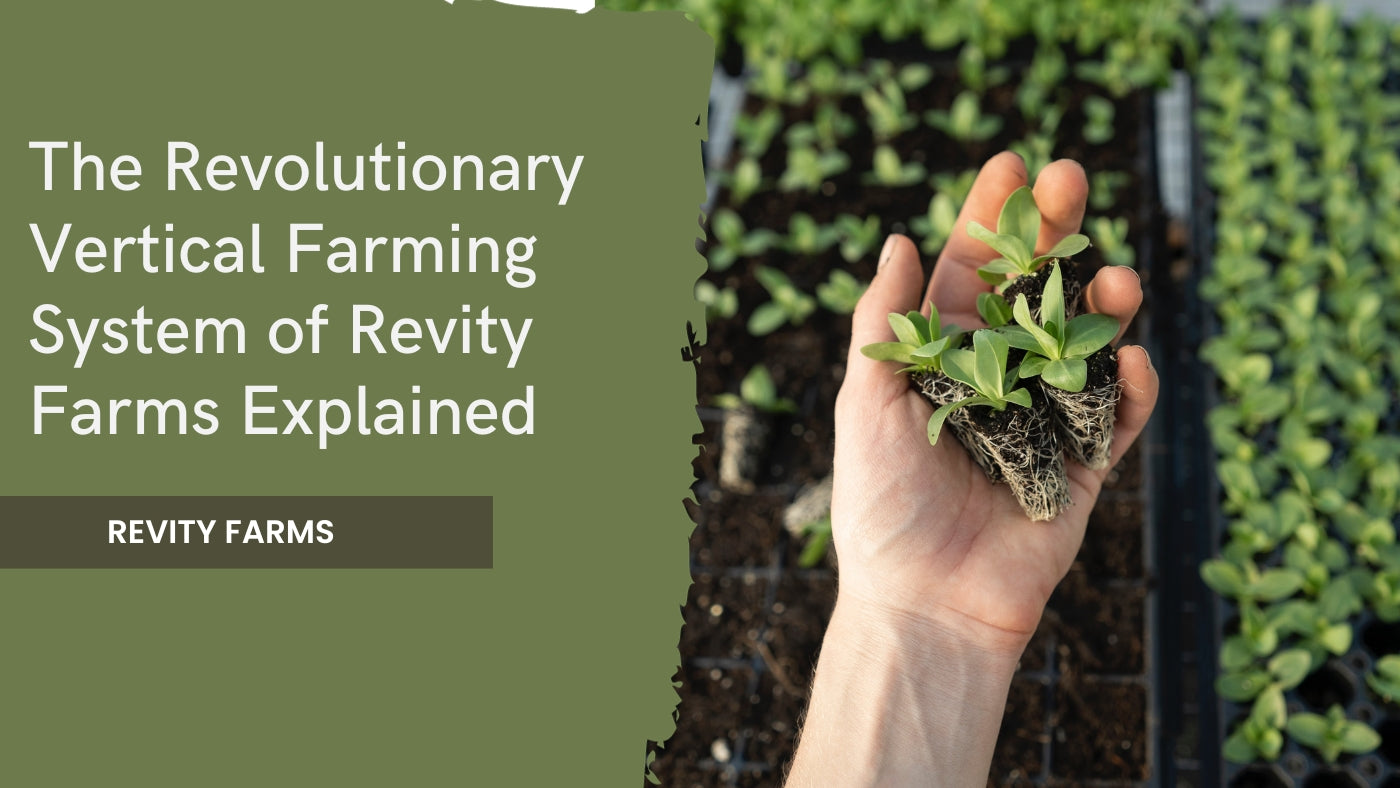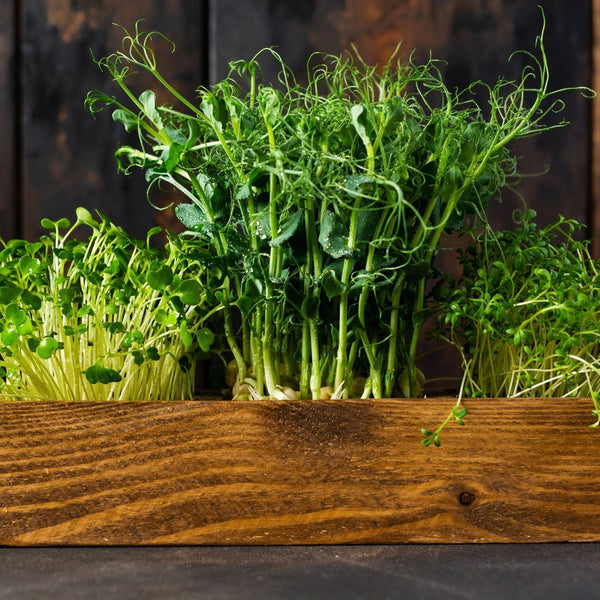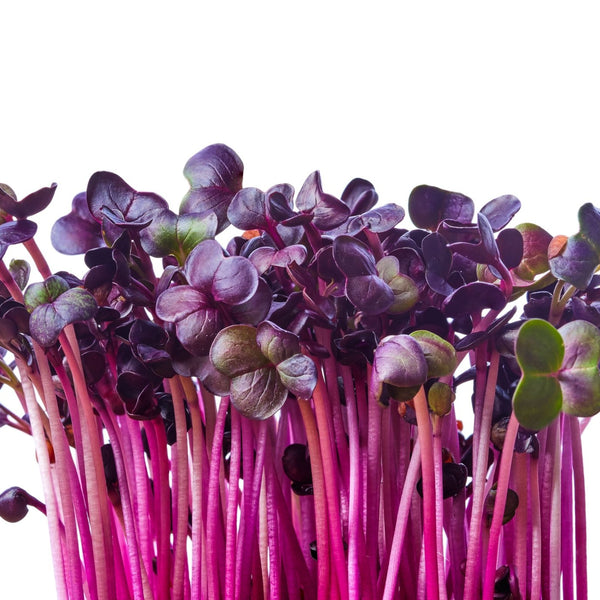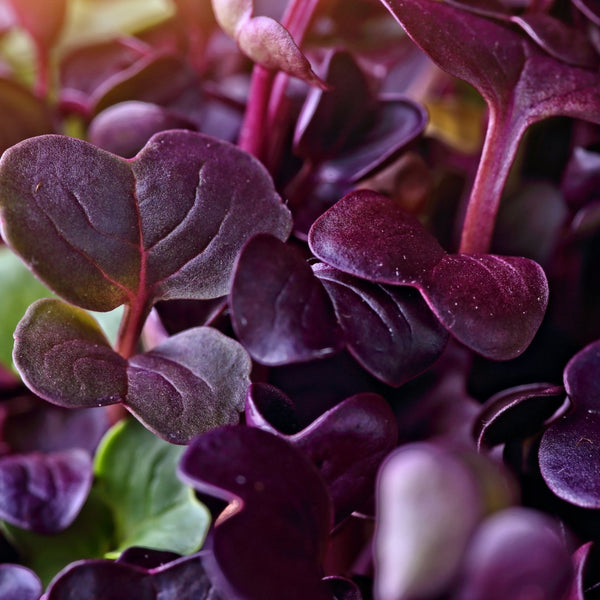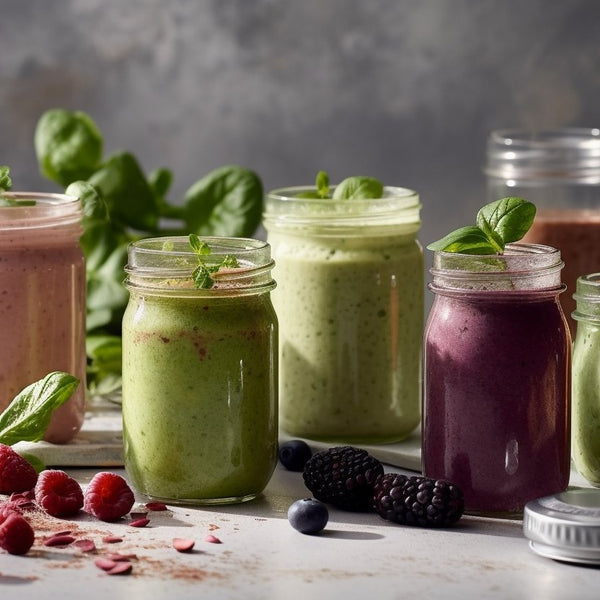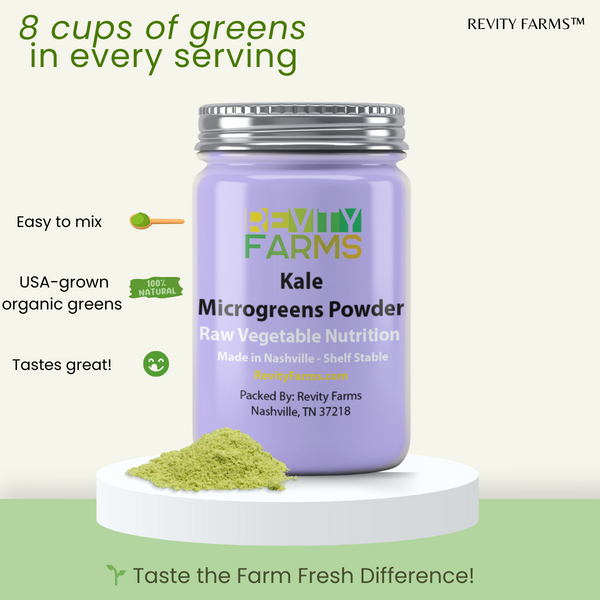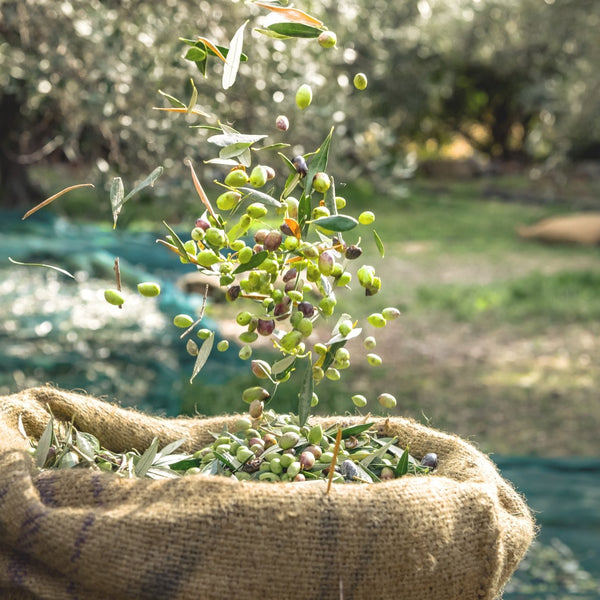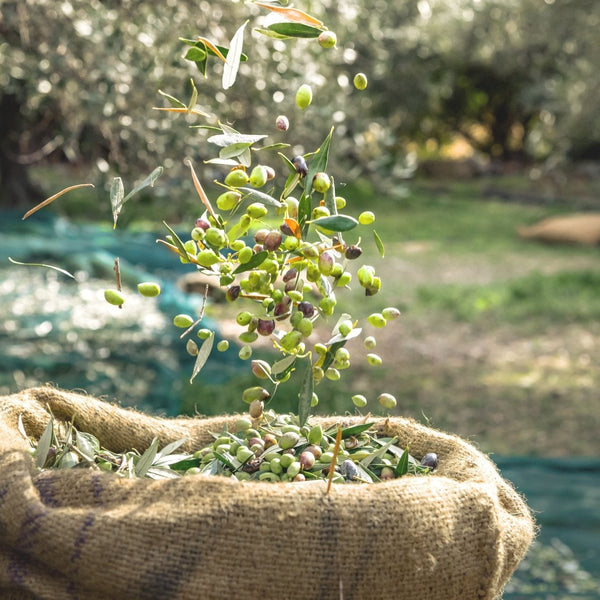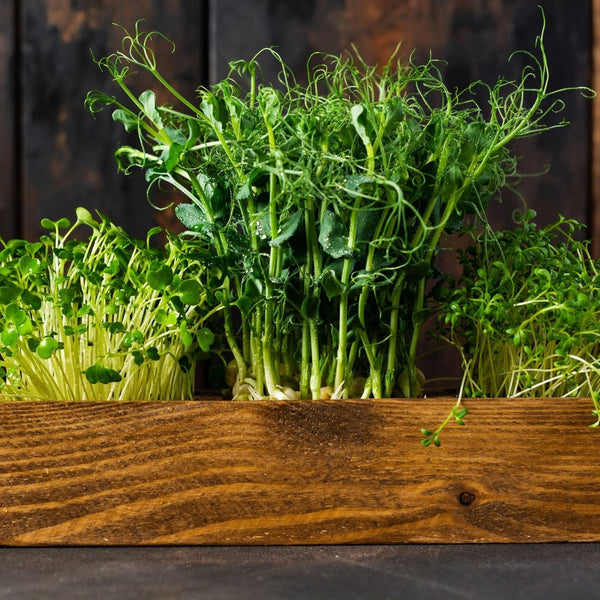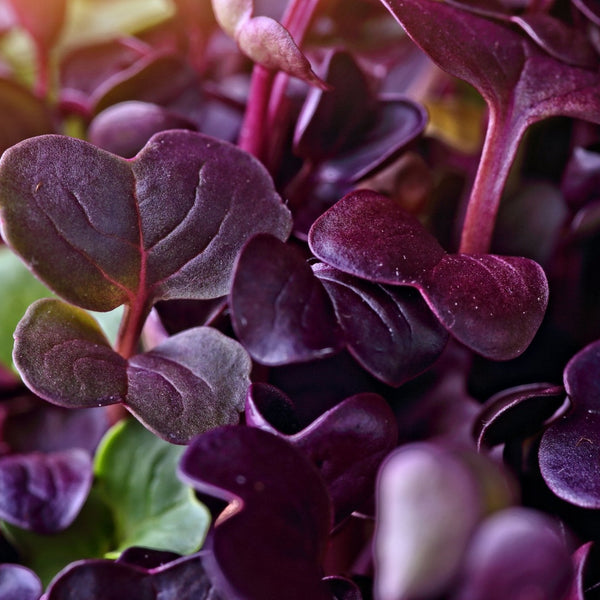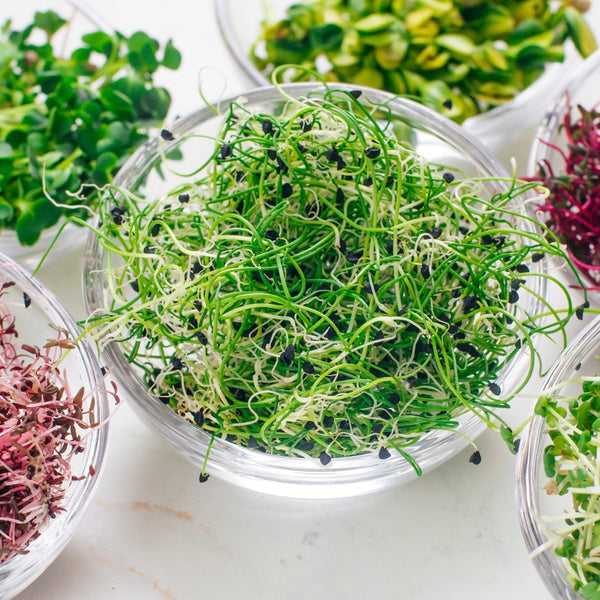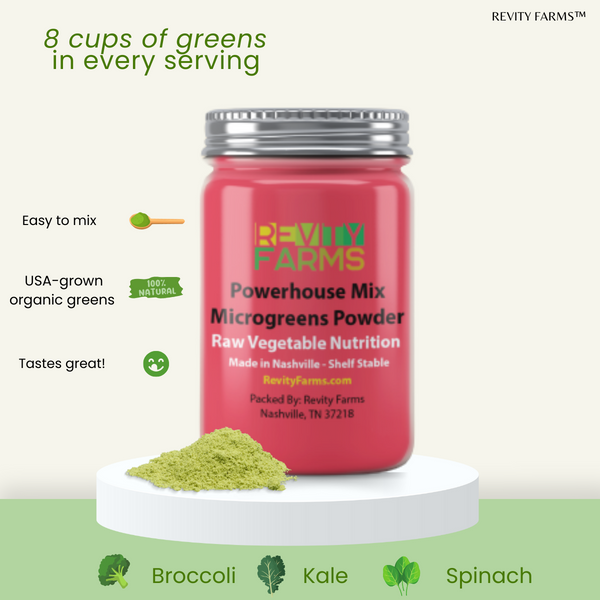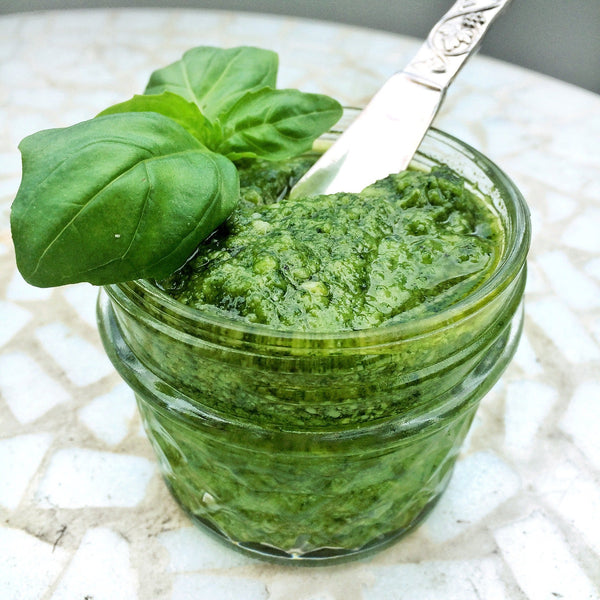
Farming: an age-old practice that has been the backbone of human civilization for millennia. Throughout the centuries, humanity has depended on traditional farming techniques. Techniques that often required vast lands, copious amounts of water, and, in modern times, a plethora of chemicals.
But these traditional methods, while time-honored, came with limitations. Limited harvest seasons, susceptibility to pests, dependence on unpredictable weather patterns, and more recently, the environmental concerns associated with these methods.
Enter the 21st century, and the canvas of agriculture is undergoing a transformative shift. From open fields that touch the horizon, we're moving towards innovative agricultural methods. Systems that challenge the norms, break the limitations and open new possibilities. It's in this exciting era of agricultural evolution that we introduce you to Revity Farms.
What is Vertical Farming?
Vertical farming, as the name hints, is an approach to farming where crops are grown in vertically stacked layers or inclined surfaces. Imagine a multi-storied building, but instead of offices or apartments, each floor is a lush green field. But why the shift from horizontal to vertical? Space is a premium, especially as urban areas expand, consuming the land that was once used for agriculture.
The principles of vertical farming aren't just about stacking crops. It's about creating a controlled environment where every aspect of growth, from light to humidity, can be meticulously managed. The roots of vertical farming trace back to the early 20th century.
Still, it's only recently, with advancements in technology and an increasing emphasis on sustainable living, that it's gaining momentum on a global scale.
Countries around the world, recognizing the potential of vertical farming, are shifting their focus and investing in this ground-breaking approach. For instance, Singapore, a country with limited agricultural space, has adopted vertical farming as a key strategy in their quest for food security.

The Pillars of Revity Farms' Vertical System
Revity Farms isn't just another name in the long list of vertical farming ventures. They stand out and for good reasons. Their approach to vertical farming isn't just about saving space; it's about maximizing yield, ensuring quality, and promoting sustainable practices.
Their multi-tiered approach is a game-changer. By leveraging the vertical space, Revity Farms can produce the yield of a 10-acre farm on a single acre. But it doesn't stop there. Their systems intertwine the best of hydroponics (growing plants in a water-based nutrient-rich solution), aeroponics (growing plants in an air or mist environment), and aquaponics (a system that combines conventional aquaculture with hydroponics). Each of these has its unique advantages, and by integrating them, Revity Farms ensures that the crops get the best of all worlds.
The Technology Behind the Revolution
Let's delve deeper into the tech realm. The heart of Revity Farms' success lies in its state-of-the-art technology. Their vertical farms aren't just greenhouses; they're technological marvels. Automation plays a pivotal role. From sowing seeds to harvesting crops, everything is automated, ensuring precision and minimizing human error.
Monitoring plant health is a continuous process. With sensors placed throughout the farm, they can track the health, growth rate, and nutritional content of the plants in real-time. Any discrepancy, and the system alerts the team, ensuring that issues are addressed promptly.
Light is paramount for plant growth. But in a vertical farm, relying on natural sunlight is not feasible. Enter LEDs. Not just any LEDs, but ones specifically designed for agricultural needs. These LEDs can mimic sunlight, providing plants with the exact spectrum of light they require. And because they're LEDs, they consume significantly lesser energy, aligning with Revity Farms' sustainable ethos.
But it's not just about light. Plants need an optimal environment to thrive. And at Revity Farms, the climate is always perfect. Advanced systems control humidity, temperature, and CO2 levels, ensuring a prime cultivation environment.
Sustainability and Vertical Farming
At the very core of vertical farming is sustainability. With traditional farming, vast amounts of water are lost through soil absorption and evaporation. But Revity Farms is changing that narrative. Through a process of recirculation, water is continuously reused, drastically reducing the overall water consumption. In essence, vertical farming, particularly as executed by Revity Farms, is a giant leap towards water conservation in agriculture.
Another often overlooked aspect of traditional farming is land usage. Large tracts of forests are cleared to make way for farms, leading to loss of biodiversity and disruption of ecosystems. The vertical framework of Revity Farms minimizes the footprint on the land, allowing for nature to flourish. Moreover, the compact design of vertical farms makes them ideal for urban settings, reducing the need to transport food over long distances and thus lowering carbon emissions.
One more environmental challenge that vertical farming addresses is soil degradation. Soil health is deteriorating globally, thanks to excessive use of pesticides and monoculture practices. Vertical farming sidesteps this issue entirely, as it doesn't rely on soil for plant growth. The hydroponic, aeroponic, and aquaponic systems provide plants with all the nutrients they need, without any of the chemicals that harm the soil.
The Economic Angle
Beyond the environmental benefits, there's an economic story to be told about vertical farming. Traditional farming is fraught with uncertainties. A single storm, pest infestation, or drought can wreak havoc on crops, leading to massive financial losses. Vertical farming, with its controlled environment, insulates against such unpredictabilities.
At Revity Farms, the numbers speak for themselves. The startup costs for vertical farms might be higher, but the returns are quick and consistent. Reduced water usage, lower transportation costs, fewer losses from pests and diseases, and year-round production cycles make vertical farming an economically viable model. Additionally, with the ability to produce more in less space, the yield per square foot is significantly higher, translating to increased revenue.
The scalability of vertical farming is another ace in the hole. As urban populations swell, the demand for fresh, local produce is on the rise. Vertical farming is uniquely positioned to meet this demand. With farms located within city limits or even inside buildings and supermarkets, the model can revolutionize the urban food landscape.
The Impact on Community and Beyond
But let's look beyond just numbers and technology. Let's delve into the human stories. Take Aisha, for instance. A Nashville-based urban planner, Aisha saw firsthand the challenges of food accessibility in urban settings. With grocery stores often located miles away and fresh produce being a rarity, many urban areas are essentially food deserts. However, the introduction of Revity Farms and their vertical farming model is changing that narrative.
By ensuring fresh produce year-round and bringing farms closer to consumers, Revity Farms is not just feeding mouths but nourishing communities. Children in urban areas can now enjoy fresh salads and greens, something that was a luxury just a few years ago. It's also reshaping the urban landscape, turning concrete jungles into green oases.
Revity Farms, with its innovative approach to farming, is more than just an agricultural venture. It's a vision for the future. A future where food is not just a commodity but a right. A future where agriculture doesn't come at the expense of the environment. A future where cities are not just hubs of commerce and culture but also bastions of sustainability and greenery.
As we stand at the cusp of this agricultural revolution, it's imperative to recognize and support such innovations. For it's not just about a brighter, greener future for us, but for generations to come.
